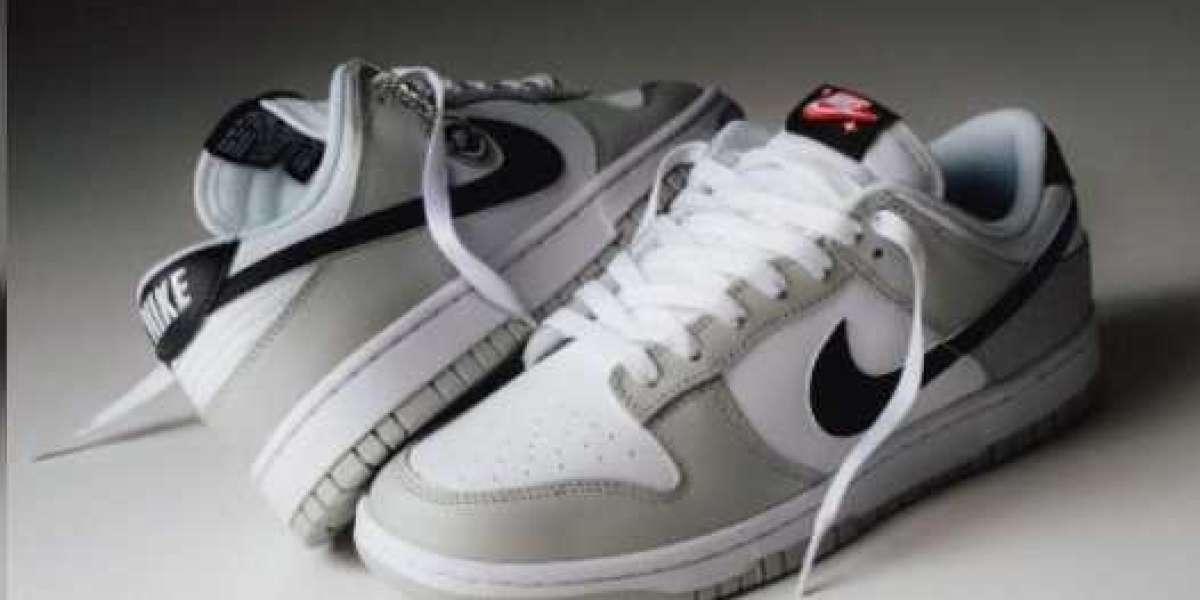In the fast-paced and ever-evolving world of digital marketing, businesses are constantly seeking innovative ways to showcase their products and captivate their target audience. One such revolutionary tool that has gained immense popularity is 3D product rendering. This cutting-edge technology has redefined the way products are presented and has become a game-changer for businesses across various industries.
### **The Essence of 3D Product Renders**
**1. Visual Realism:**
One of the primary advantages of 3D product rendering is its ability to create visually stunning and realistic representations of products. Traditional photography may be limited by lighting conditions, physical constraints, or the need for prototypes, but 3D renders transcend these limitations. With the use of advanced rendering techniques, every detail of a product can be meticulously crafted, leading to images that are indistinguishable from photographs.
**2. Customization and Iteration:**
Unlike traditional photography, where reshooting a product can be time-consuming and expensive, 3d product rendering offer the flexibility to make quick changes and iterations. This allows businesses to experiment with different colors, textures, and designs without the need for physical prototypes. The ability to customize and refine product visuals efficiently can significantly accelerate the product development process.
**3. Cost-Effectiveness:**
Producing a high-quality photoshoot with a professional photographer, models, and a set can be a costly endeavor. On the contrary, 3D product rendering eliminates the need for physical setups, reducing costs associated with props, location, and models. This makes it an economical option, especially for startups and small businesses looking to create impactful visuals without breaking the bank.
### **Applications Across Industries**
**1. E-Commerce and Retail:**
In the competitive landscape of e-commerce, where the visual appeal of products can make or break a sale,3d product renders offer a significant advantage. Online shoppers rely heavily on product images to make informed purchasing decisions, and realistic renders provide an immersive experience that builds trust and confidence.
**2. Architecture and Real Estate:**
For architects, real estate developers, and interior designers, 3D rendering is an indispensable tool for showcasing concepts and designs. Detailed and lifelike renders help clients visualize spaces, explore different design options, and make informed decisions before any physical construction takes place.
**3. Manufacturing and Prototyping:**
In the realm of manufacturing, 3D product rendering plays a crucial role in prototyping and design validation. Engineers and designers can create digital prototypes, test functionality, and identify potential issues before moving to the production phase. This not only saves time but also reduces the costs associated with physical prototyping.
### **Future Trends and Innovations**
As technology continues to advance, the future of 3D product rendering holds even more exciting possibilities. Augmented reality (AR) and virtual reality (VR) applications are on the rise, providing consumers with immersive experiences where they can interact with and visualize products in their own environments before making a purchase.
In conclusion, 3d rendering company have become an integral part of modern marketing strategies, offering unparalleled visual appeal, customization options, and cost-effectiveness. As businesses continue to seek ways to stand out in a crowded digital space, embracing this technology can provide a competitive edge and elevate the overall customer experience. The evolution of 3D rendering promises a dynamic future where innovation and creativity in visual representation will continue to shape the way we perceive and engage with products.








